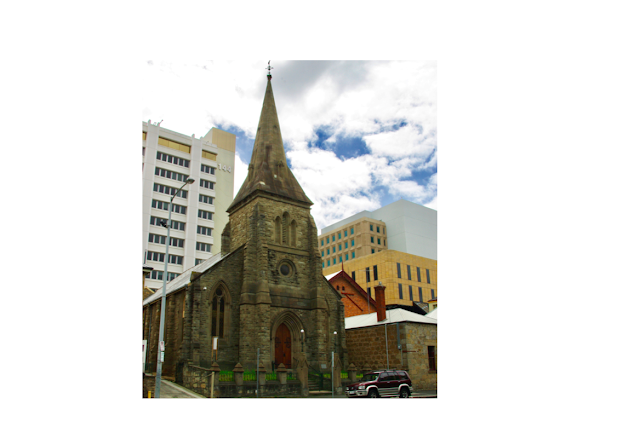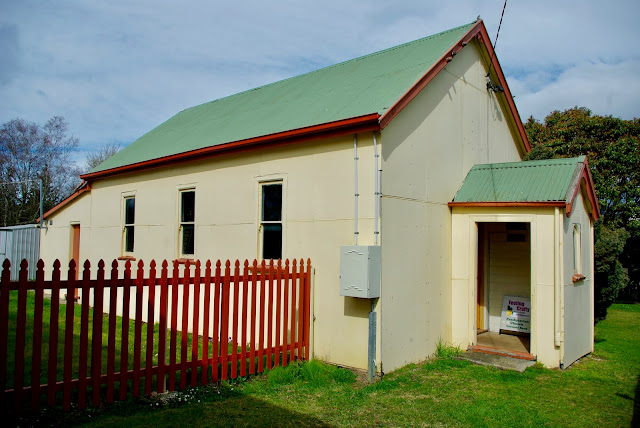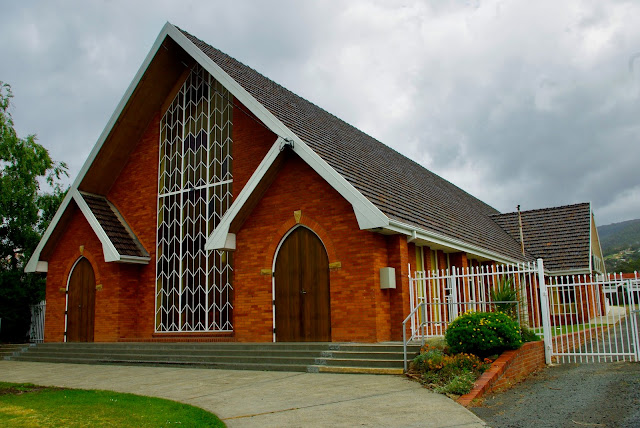No. 289 - The Former Congregational Church on Davey Street Hobart

The former Congregational Church in Davey Street, Hobart, is a monument to Henry Hopkins (1787–1870), a businessman and philanthropist who was a leading Congregationalist and supporter of the Tasmanian anti-transportation movement. Henry Hopkins and his wife Sarah, were wealthy independent settlers who arrived in Van Diemen’s Land 1822. In response to their efforts, the Reverend Frederick Miller arrived in Hobart from Highbury College in London in 1830 to become the first settled Independent minister in Australia. Due to the financial support of Hopkins, Congregational chapels became widespread in southern Tasmania, but were not as extensively in the north, where Baptist and Methodist communities were more prevalent. In 1837 Hopkin’s funded an Independent chapel in Collins Street. When this was outgrown, it was again Hopkins who provided substantial funding for the Congregational church built on Davey Street. In June 1853 The Courier reported on plans for a new Independent Church in Ho





